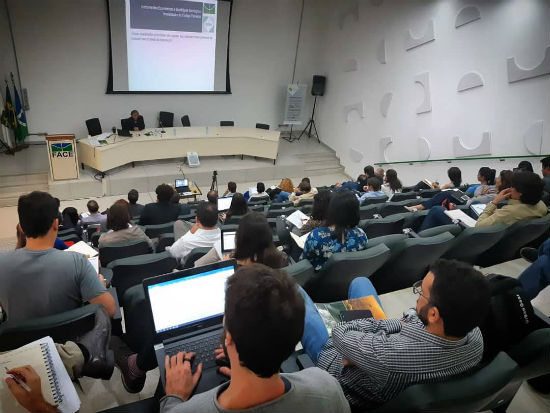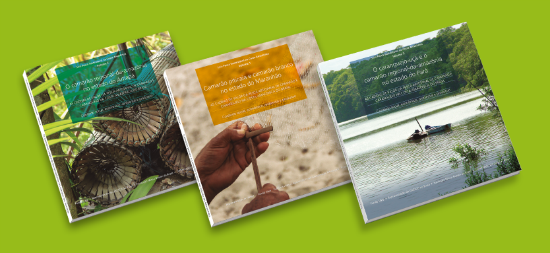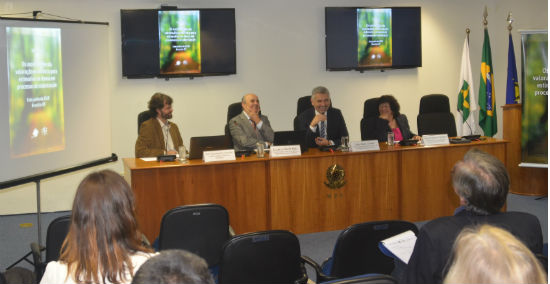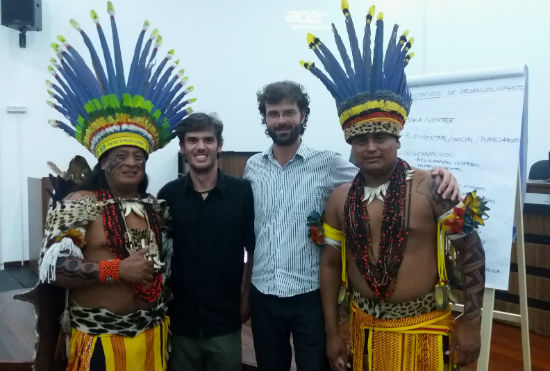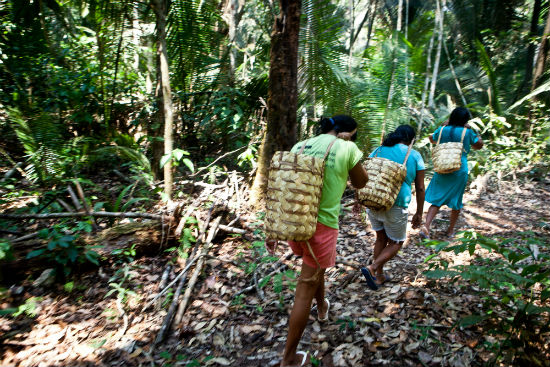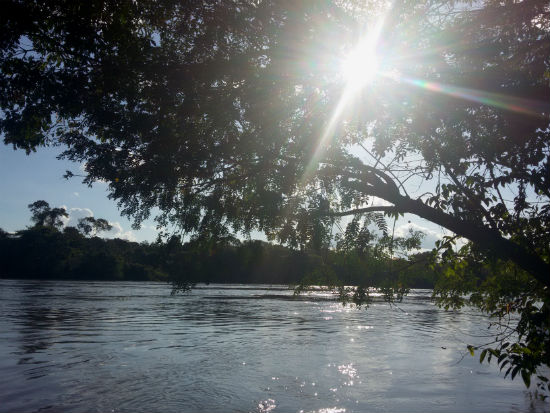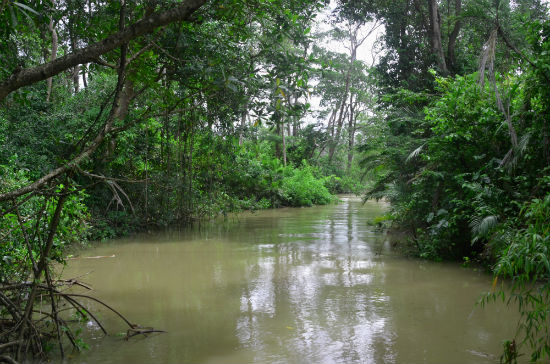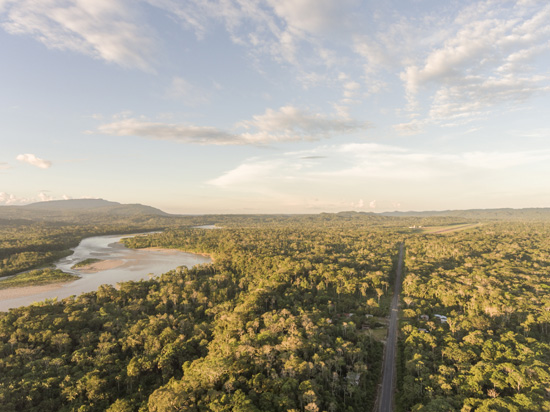News
On August 7th, 2018, CSF-Brazil, the Forest Code Observatory (OCF) and the Brazilian Biodiversity Fund (Funbio) facilitated a "Dialogue on economic instruments and ecological identity for the Forest Code implementation." Forty-five professionals, representing government, research institutions and rural producers, attended the event in Brasília. The dialogue provided a forum to discuss possible ways of implementing the provisions of the Forest Code (Law 12.651 / 2012), including economic incentives, Legal Reserves (LRs) compensation, and the ecological identity requirement for compensation - according to the ruling of the Supreme Court Federal Court (STF) in February 2018 - with a special focus on the Environmental Reserve Quotas (CRAs) market.
Highway in Ecuador. Photo credit: Shutterstock/ Dr. Morley Read.
CSF-Brazil is thrilled to share the following three publications on the value chains of shrimp and crab fisheries on the Brazilian Amazon coast, written in partnership with the United Nations Educational, Scientific and Cultural Organization (UNESCO):
- "Piticaia and white shrimp in Maranhão state";
- "Regional Amazonian shrimp in Amapá state";
Most decisions regarding the environmental and social impacts of infrastructure projects in the Brazilian Amazon are arbitrated by judges, which means that there are often no clear criteria to establish compensation values.
CSF-Brazil Director, Pedro Gasparinetti, CSF-Brazil consultant, Rodrigo Ozorio, and leaders from the Wazare indigenous village.
Conservação Estratégica (CSF-Brazil) is pleased to announce the launch of a new publication "Guide for the Participatory Development of Sustainable Business Plans” (in Portuguese).
Women of the Paiter Suruí people collecting the babassu fruit in the Sete de Setembro IL, in Rondônia state.
Workshop participants doing group work.
Conservação Estratégica (CSF-Brasil) led a workshop on sustainable business plans for products from the Amazon. The aim was to create an open-space for dialogue on possible ways to support the development of sustainable businesses and the strengthening of their value chains in the Brazilian Amazon.
CSF-Brazil is pleased to announce the launch of a new publication: "Cost Benefit Analysis of the Construction of the Castanheira Dam" (in Portuguese).
The Arinos River, located in the Juruena sub-basin – an important tributary of the Tapajós River – in the Brazilian state of Mato Grosso, is known for its aquatic biodiversity. Currently, however, there are more than 100 dams proposed in this sub-basin, which may threaten the biodiversity and local community’s way of life. One of these is the Castanheira Dam.
CSF-Brazil is pleased to announce the launch of a new publication (in Portuguese): "The values of ecosystem services of the Brazilian mangroves, economic instruments for its conservation and the Salgado Paraense case study".
Roughly 90% of mangroves in Brazil are located in protected areas (PA). However, there are important deficiencies in financial sustainability and resource management that affect natural capital stocks, biodiversity and thus, local communities.
Aerial view of a road through the Amazon forest in Ecuador. Photo credit: Dr. Morley ReadInfrastructure investments in the Amazon can support economic and social development, and bring services to remote populations. However, if poorly planned, they can also result in irreversible, destructive change to the environment and ecosystem services on which communities depend, and lead to inefficient use of economic resources.

